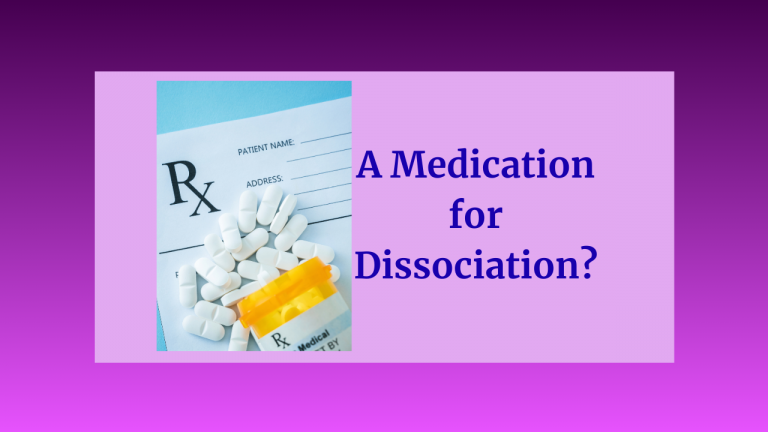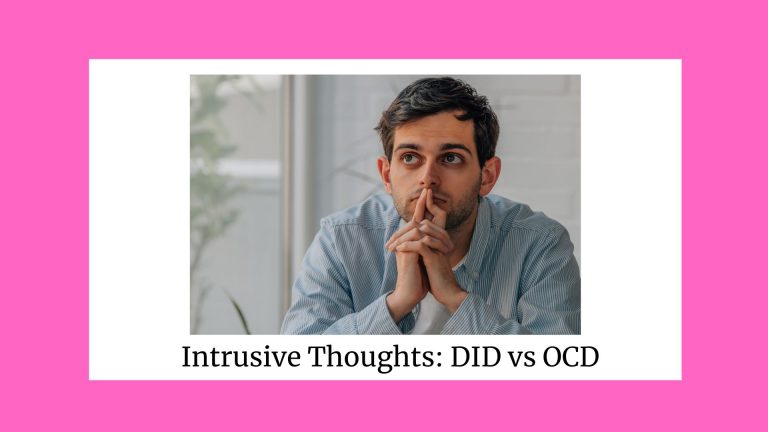A clear, trauma-informed explanation of early research on a repurposed medication for dissociation—and what it may or may not mean for people with DID...
A short reflection on how recognizing a “human moment” can soften shame and strengthen self-compassion...
Learn how simple, intentional rituals can help you acknowledge unspoken grief from complex trauma and offer your system a safe place to begin healing...
A compassionate guide to repairing trust with your DID/OSDD system through reflection, direct communication, and consistent follow-through...
A compassionate reflection on surviving the holidays after family estrangement and finding new, safer forms of connection...
A gentle guide to using neutral self-talk as a bridge from survival thinking to genuine self-compassion in trauma recovery...
Discover how reparenting can help you meet unmet childhood needs with compassion and consistency, creating safety and healing from within...
Explores how intrusive thoughts differ in OCD and DID, helping you recognize whether a thought is anxiety-driven or a part’s communication...
Explore how “opposite experiments” help you question old trauma rules and discover that it’s safe to live differently now...









